Home>Gardening & Outdoor>Outdoor Recreation & Activities>How Many Swimming Pool Laps Is A Mile
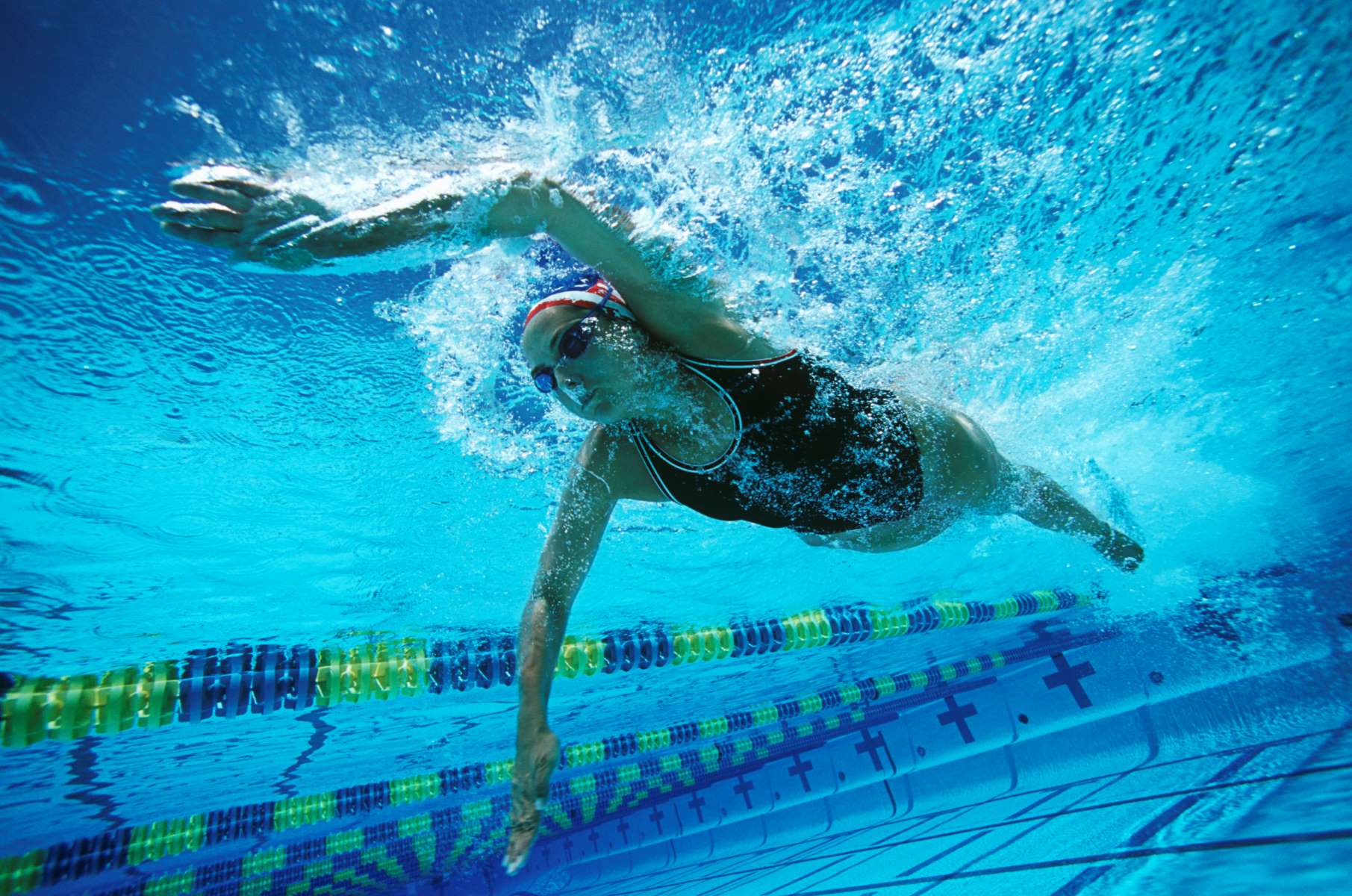

Outdoor Recreation & Activities
How Many Swimming Pool Laps Is A Mile
Modified: March 25, 2024
Discover how many swimming pool laps make up a mile and optimize your outdoor recreation and activities with this helpful guide. Dive in now!
(Many of the links in this article redirect to a specific reviewed product. Your purchase of these products through affiliate links helps to generate commission for Storables.com, at no extra cost. Learn more)
Introduction
Swimming is an excellent full-body workout that offers a myriad of health benefits. Whether you're a competitive swimmer, a fitness enthusiast, or someone looking to stay active, understanding the distance covered while swimming laps is essential for tracking progress and setting fitness goals. One common question that arises among swimmers is, "How many swimming pool laps is a mile?" This query stems from the desire to quantify the distance swum and gain a better understanding of one's swimming achievements.
In this article, we will delve into the intricacies of lap swimming and explore the factors that determine the number of laps required to complete a mile. By shedding light on the standard pool lengths, the calculation methods, and the variables influencing lap distance, we aim to provide a comprehensive guide for swimmers of all levels. Whether you're a beginner eager to gauge your swimming milestones or a seasoned swimmer aiming to optimize your training, this exploration will equip you with the knowledge needed to navigate the waters with confidence.
Swimming is not just a physical activity; it's a holistic experience that fosters mental clarity, cardiovascular endurance, and muscular strength. As you immerse yourself in the rhythmic strokes and the soothing embrace of the water, the journey of swimming laps becomes a personal odyssey, marked by determination, resilience, and the pursuit of excellence. By unraveling the mystery of lap distances and unraveling the enigma of swimming a mile, we embark on a quest to empower swimmers with insights that transcend mere numbers, enriching their aquatic endeavors with knowledge and understanding.
So, let's dive into the depths of lap swimming and unravel the secrets of covering a mile in the pool. Through this exploration, we aim to demystify the correlation between laps and distance, empowering swimmers to chart their course with clarity and purpose.
Key Takeaways:
- Dive into lap swimming with confidence by understanding that in a 25-yard pool, you’d need to complete 70.4 laps to cover a mile. Keep track of your progress and set achievable goals!
- Embrace the dynamic nature of lap swimming by adapting to varying pool lengths and environmental conditions. Master efficient turn techniques and stroke efficiency to optimize your performance in the water!
Read more: How Many Liters Is A Swimming Pool
Understanding Lap Length
In the realm of swimming, the term "lap" refers to the act of swimming from one end of the pool to the other and back again. The length of a lap is determined by the dimensions of the swimming pool, which can vary based on the pool's design and purpose. Understanding the standard pool lengths is crucial for accurately gauging the distance covered while swimming laps.
Standard Pool Lengths
The most common pool lengths for lap swimming are 25 yards, 25 meters, and 50 meters. In the United States, many pools are 25 yards in length, while internationally, 25-meter and 50-meter pools are prevalent. These standard lengths are used in competitive swimming and provide a consistent basis for measuring swimming distances.
Different Strokes, Different Distances
It's important to note that the distance covered in a single lap can vary based on the swimming stroke being used. For example, the distance covered in one lap while swimming the butterfly stroke may differ from that of the freestyle stroke due to the varying techniques and efficiencies of each stroke. However, for the purpose of simplicity and standardization, the term "lap" typically refers to the distance swum from one end of the pool to the other and back, regardless of the stroke being used.
Importance of Lap Length
Understanding the length of a lap is essential for swimmers to track their progress, set goals, and measure their swimming achievements. Whether it's aiming to complete a certain number of laps within a specific time frame or striving to cover a particular distance, having a clear grasp of lap length enables swimmers to structure their workouts effectively and monitor their performance consistently.
Read more: How Many Yards In A Swimming Pool
Adaptability in Training
Swimmers often adapt their training routines based on the pool length available to them. For instance, if a swimmer typically trains in a 25-yard pool but competes in a 50-meter pool, they may need to adjust their training to accommodate the longer pool length. This adaptability showcases the significance of understanding lap length in the context of training and competition.
By comprehending the nuances of lap length and its implications for swimming, individuals can approach their aquatic endeavors with precision and purpose, leveraging this knowledge to enhance their swimming experiences and achieve their fitness objectives.
Calculating Laps in a Mile
To determine the number of swimming pool laps equivalent to a mile, it's essential to consider the standard pool lengths and the conversion factors involved. As mentioned earlier, the most common pool lengths for lap swimming are 25 yards, 25 meters, and 50 meters. These lengths serve as the foundation for calculating the laps required to cover a mile.
Pool Length Conversion
When calculating laps in a mile, it's crucial to convert the pool length into a consistent unit of measurement. Since a mile is equivalent to 1,760 yards, the conversion from yards to miles is straightforward. For instance, in a 25-yard pool, a swimmer would need to complete 70.4 laps to cover a mile (1,760 yards ÷ 25 yards per lap). Similarly, in a 25-meter pool, 64 laps would be necessary to achieve the mile distance (1,600 meters ÷ 25 meters per lap). In a 50-meter pool, 32 laps would constitute a mile (1,600 meters ÷ 50 meters per lap).
Understanding Lap Counting
In the context of lap swimming, accurately counting the laps completed is essential for tracking progress and maintaining consistency. Swimmers often use lap counters, either manually or electronically, to keep track of their laps during training sessions and competitions. These tools alleviate the need to mentally count laps, allowing swimmers to focus on their technique and performance without the distraction of keeping track of their progress.
Read more: How Many Liters In An Olympic Swimming Pool
Mile Swimming Goals
For swimmers aiming to cover a mile, understanding the lap count required can serve as a tangible goal to strive towards. Whether it's completing a mile within a specific time frame or gradually increasing the number of laps swum, having a clear target fosters motivation and provides a benchmark for measuring progress. Additionally, achieving the milestone of swimming a mile can be a significant accomplishment for swimmers of all levels, signifying endurance, dedication, and proficiency in the water.
Adaptation to Pool Length
Swimmers should also consider how the pool length they typically train in may affect their mile swimming goals. For instance, if a swimmer primarily trains in a 25-yard pool but aims to swim a mile in a 50-meter pool, they would need to adjust their lap count and adapt to the longer pool length. This adaptability showcases the versatility and strategic approach that swimmers employ to align their training with their mile swimming objectives.
By comprehensively understanding the calculations involved in determining the laps required to cover a mile, swimmers can approach their training and mile swimming aspirations with clarity and purpose. This knowledge empowers swimmers to set realistic goals, track their progress accurately, and celebrate the achievement of swimming a mile as a testament to their dedication and prowess in the water.
Factors Affecting Lap Distance
Several factors can influence the distance covered while swimming laps, impacting the overall lap distance and the number of laps required to achieve specific swimming goals. Understanding these factors is crucial for swimmers seeking to optimize their training, adapt to varying pool conditions, and enhance their overall swimming performance.
Pool Length Variations
The dimensions of the swimming pool play a significant role in determining lap distance. As mentioned earlier, standard pool lengths for lap swimming include 25 yards, 25 meters, and 50 meters. However, variations in pool lengths can occur, especially in non-competitive or recreational settings. Pools with non-standard lengths may necessitate adjustments in lap counting and distance calculations. Swimmers encountering pools with atypical dimensions should take into account the altered lap distance and adapt their training and goals accordingly.
Read more: How Many Gallons Of Water In A Swimming Pool
Stroke Efficiency
The swimming stroke employed can impact the distance covered in a single lap. Different strokes, such as freestyle, breaststroke, backstroke, and butterfly, exhibit varying levels of efficiency and speed. For instance, the butterfly stroke typically covers a shorter distance per stroke cycle compared to the freestyle stroke. Swimmers should consider the stroke-specific differences in lap distance when setting goals and tracking their swimming achievements. Understanding the nuances of each stroke's efficiency enables swimmers to tailor their training regimens and lap counting strategies to align with their stroke preferences and proficiency.
Turn Technique
Efficient and well-executed turns at the end of each lap can contribute to overall lap distance. Mastering the art of flip turns or open turns, depending on the swimming stroke, can minimize the time and distance lost during the turning phase. A proficient turn technique not only enhances lap distance but also optimizes the swimmer's momentum and rhythm, leading to improved lap times and overall swimming performance. Swimmers dedicated to maximizing their lap distance should prioritize honing their turn techniques as an integral aspect of their training and skill development.
Water Temperature and Conditions
The temperature and conditions of the water can subtly influence a swimmer's performance and lap distance. Warmer water temperatures may lead to increased buoyancy and reduced resistance, potentially affecting the distance covered per stroke. Conversely, colder water may demand more effort and energy, impacting the swimmer's overall efficiency and lap distance. Additionally, factors such as water clarity, wave patterns, and lane congestion can influence a swimmer's ability to maintain consistent lap distance. Swimmers should remain adaptable and mindful of these environmental variables, adjusting their approach to lap swimming based on the prevailing water conditions.
By acknowledging and accounting for these factors, swimmers can refine their lap swimming strategies, optimize their training routines, and adapt to diverse swimming environments. This comprehensive awareness empowers swimmers to navigate the complexities of lap distance with agility and insight, fostering a deeper understanding of the multifaceted dynamics at play in the realm of lap swimming.
Conclusion
In the realm of lap swimming, the quest to understand the correlation between laps and distance is a journey marked by precision, adaptability, and unwavering determination. As we unravel the enigma of how many swimming pool laps constitute a mile, we unearth a wealth of insights that transcend mere numbers, enriching the swimming experience with knowledge and understanding.
From the standard pool lengths of 25 yards, 25 meters, and 50 meters to the intricacies of stroke efficiency and turn techniques, the fabric of lap swimming is woven with diverse elements that collectively shape the lap distance and the milestones swimmers strive to achieve. The significance of lap length extends beyond numerical calculations; it embodies the essence of progress, perseverance, and the relentless pursuit of excellence in the water.
As swimmers embark on their aquatic odyssey, armed with the knowledge of lap distances and mile swimming goals, they are empowered to set tangible targets, track their progress with precision, and celebrate the triumph of swimming a mile as a testament to their dedication and prowess. The lap counting tools, whether manual or electronic, serve as faithful companions, relieving swimmers of the burden of tallying laps and allowing them to immerse themselves fully in the artistry of their strokes and the rhythm of their breath.
The adaptability displayed by swimmers in adjusting to varying pool lengths and environmental conditions reflects their resilience and strategic acumen, underscoring the dynamic nature of lap swimming as a holistic pursuit. By embracing the nuances of lap distance and the factors influencing it, swimmers cultivate a profound understanding of the interplay between technique, environment, and personal achievement, transcending the mere act of swimming laps to embody a harmonious fusion of skill, determination, and aquatic finesse.
In conclusion, the question of how many swimming pool laps constitute a mile transcends mere arithmetic; it encapsulates the essence of the swimming journey—a journey defined by dedication, adaptability, and the relentless pursuit of milestones. As swimmers continue to chart their course through the glistening expanse of the pool, the knowledge and insights garnered from this exploration serve as beacons, illuminating their path with clarity and purpose, enriching their aquatic endeavors with wisdom and understanding.
Frequently Asked Questions about How Many Swimming Pool Laps Is A Mile
Was this page helpful?
At Storables.com, we guarantee accurate and reliable information. Our content, validated by Expert Board Contributors, is crafted following stringent Editorial Policies. We're committed to providing you with well-researched, expert-backed insights for all your informational needs.



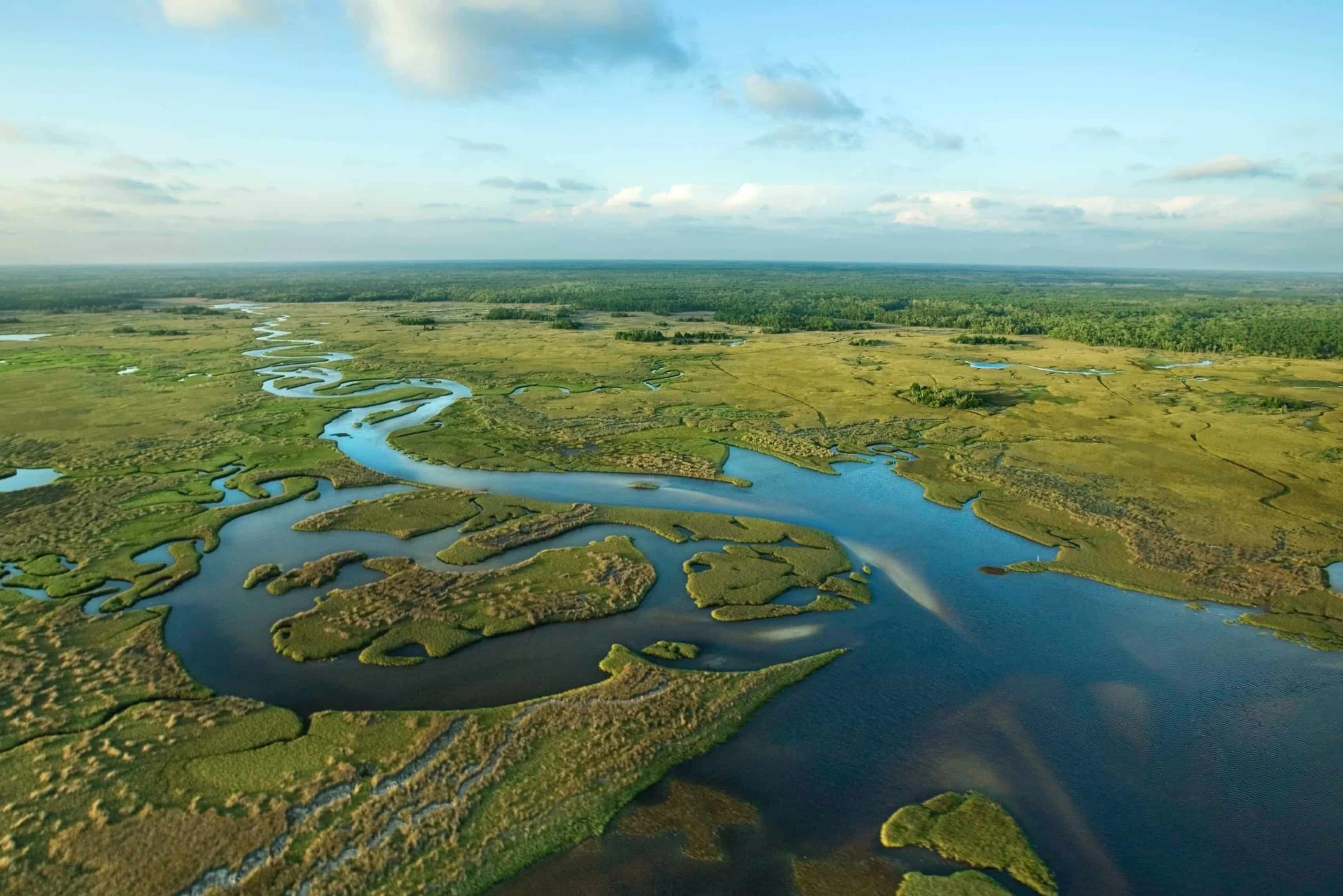
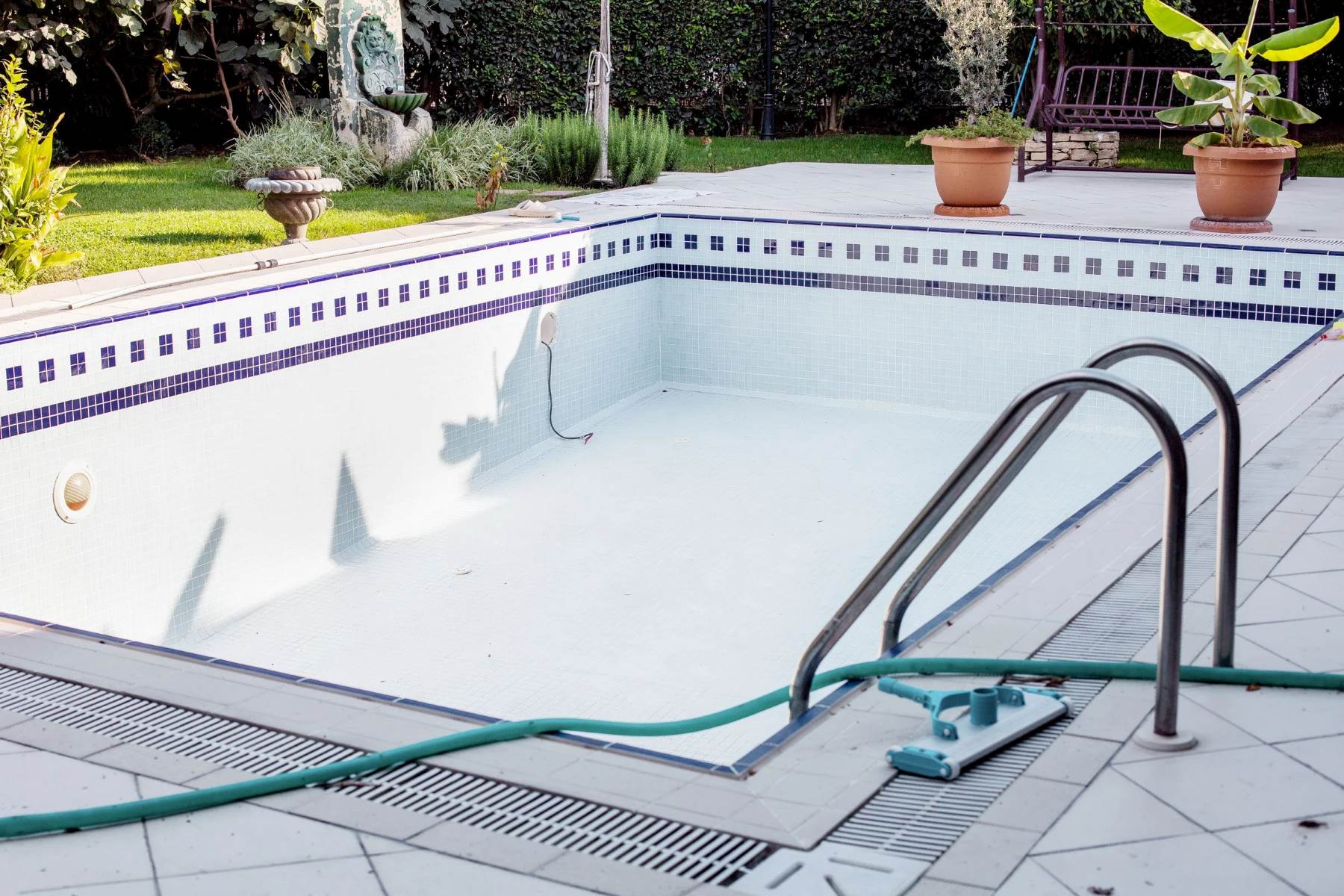
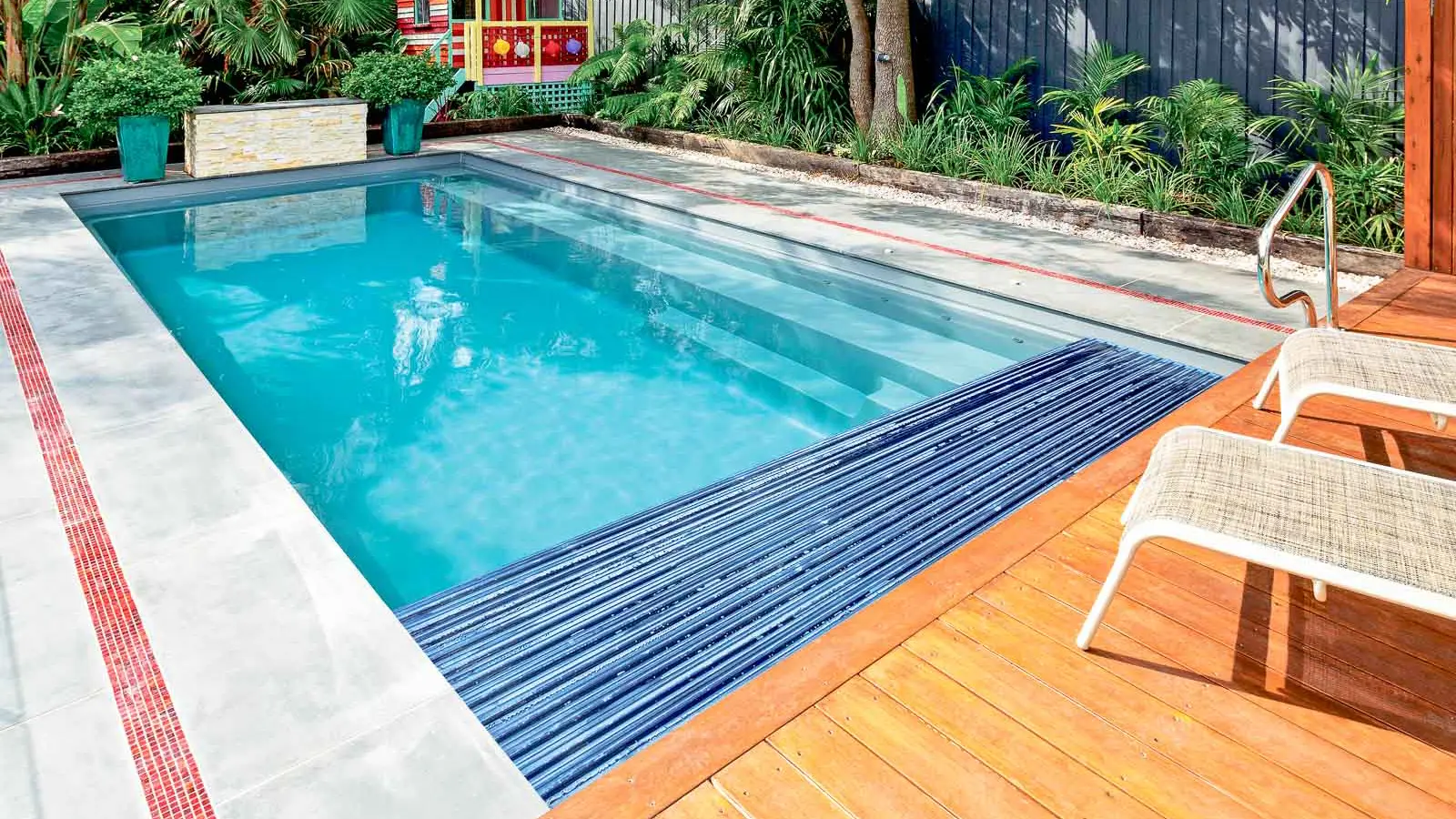
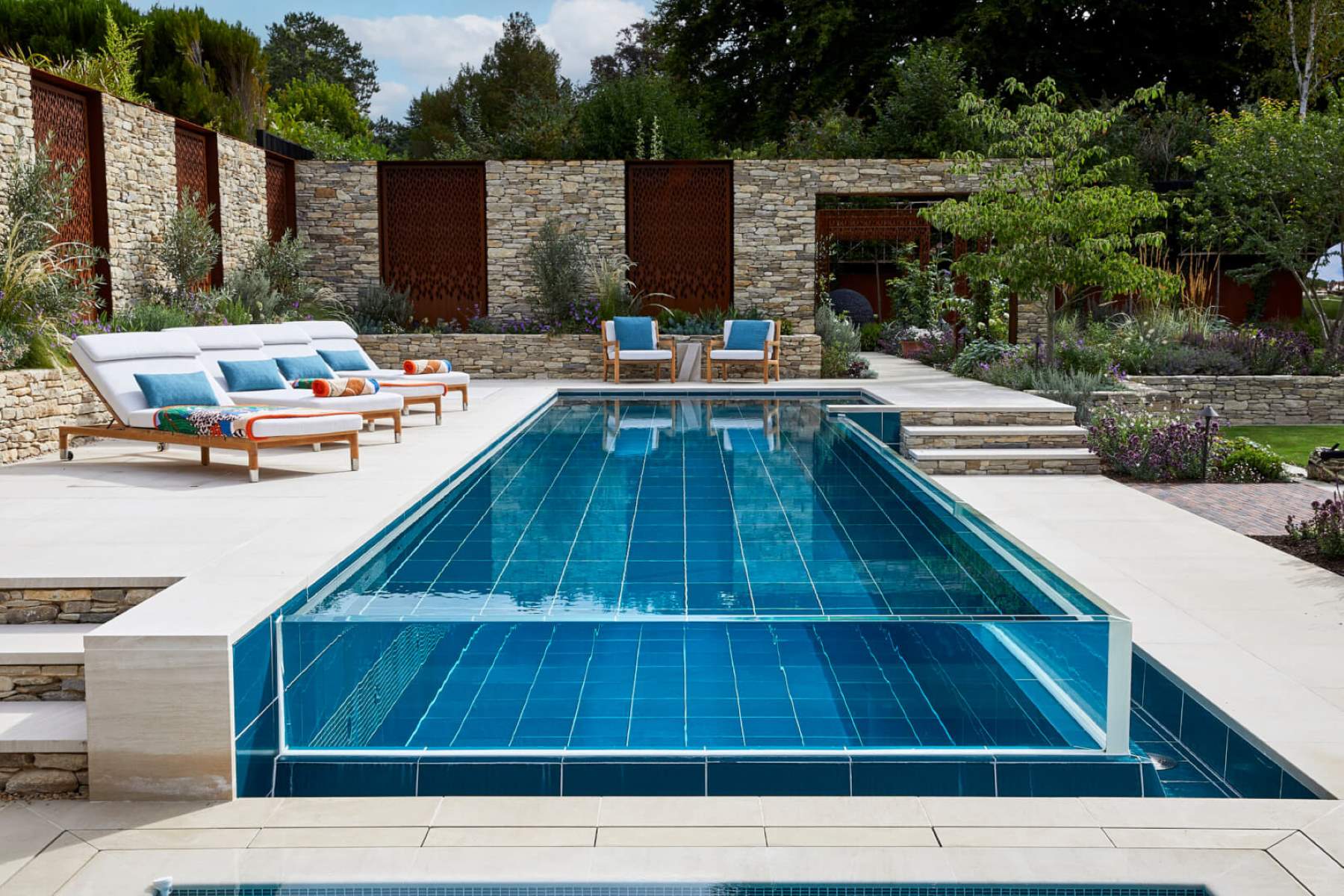
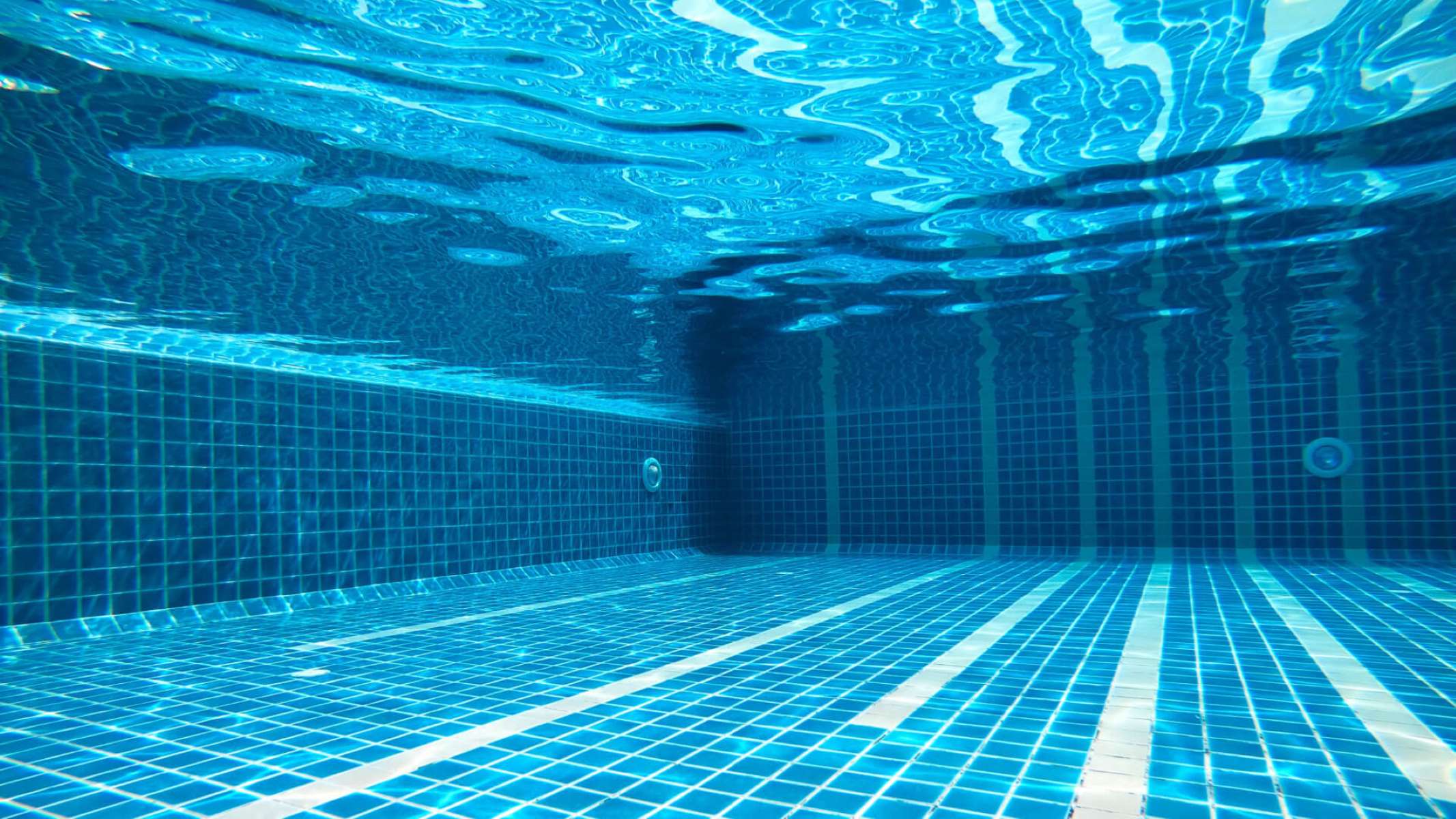

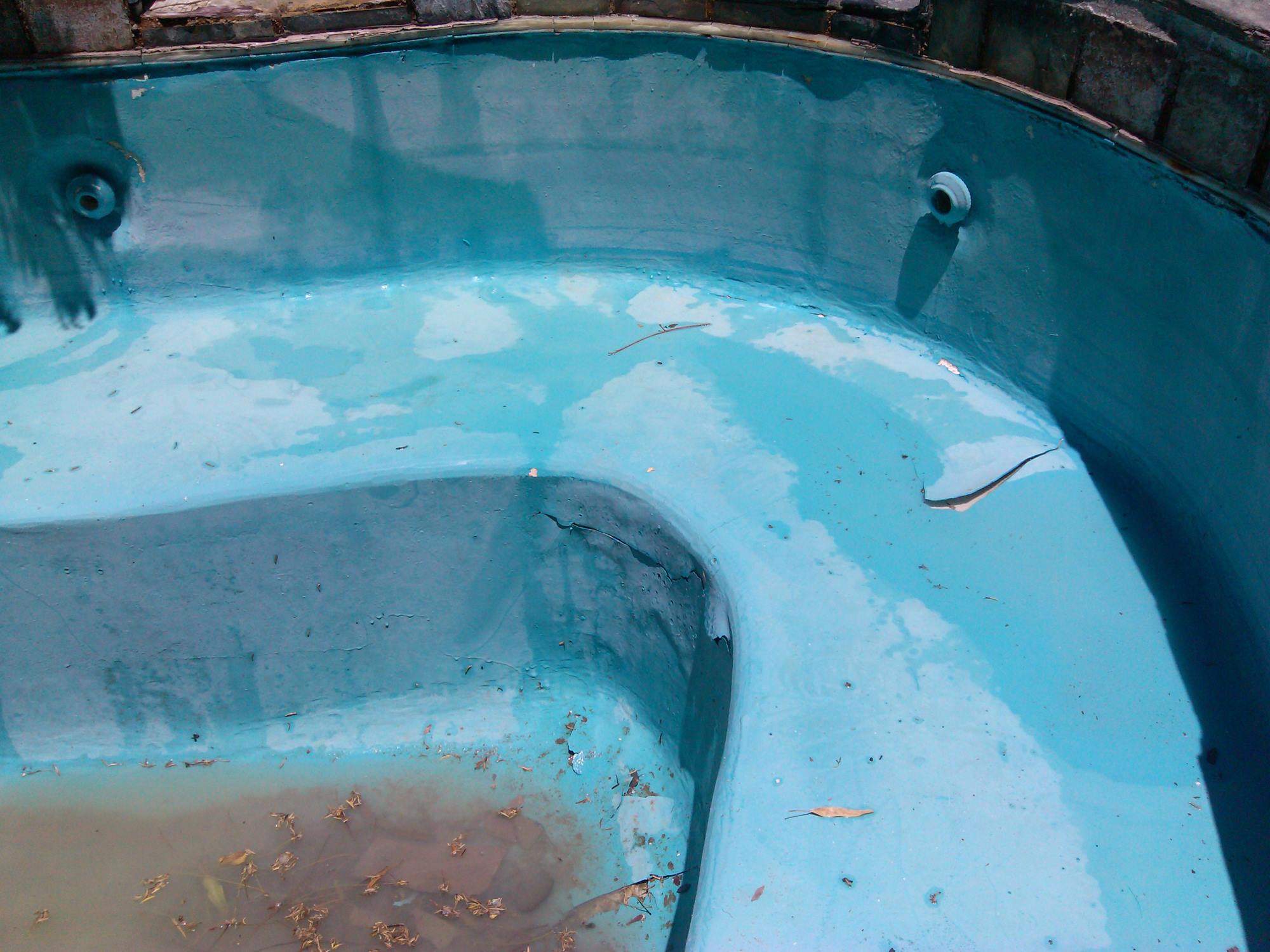
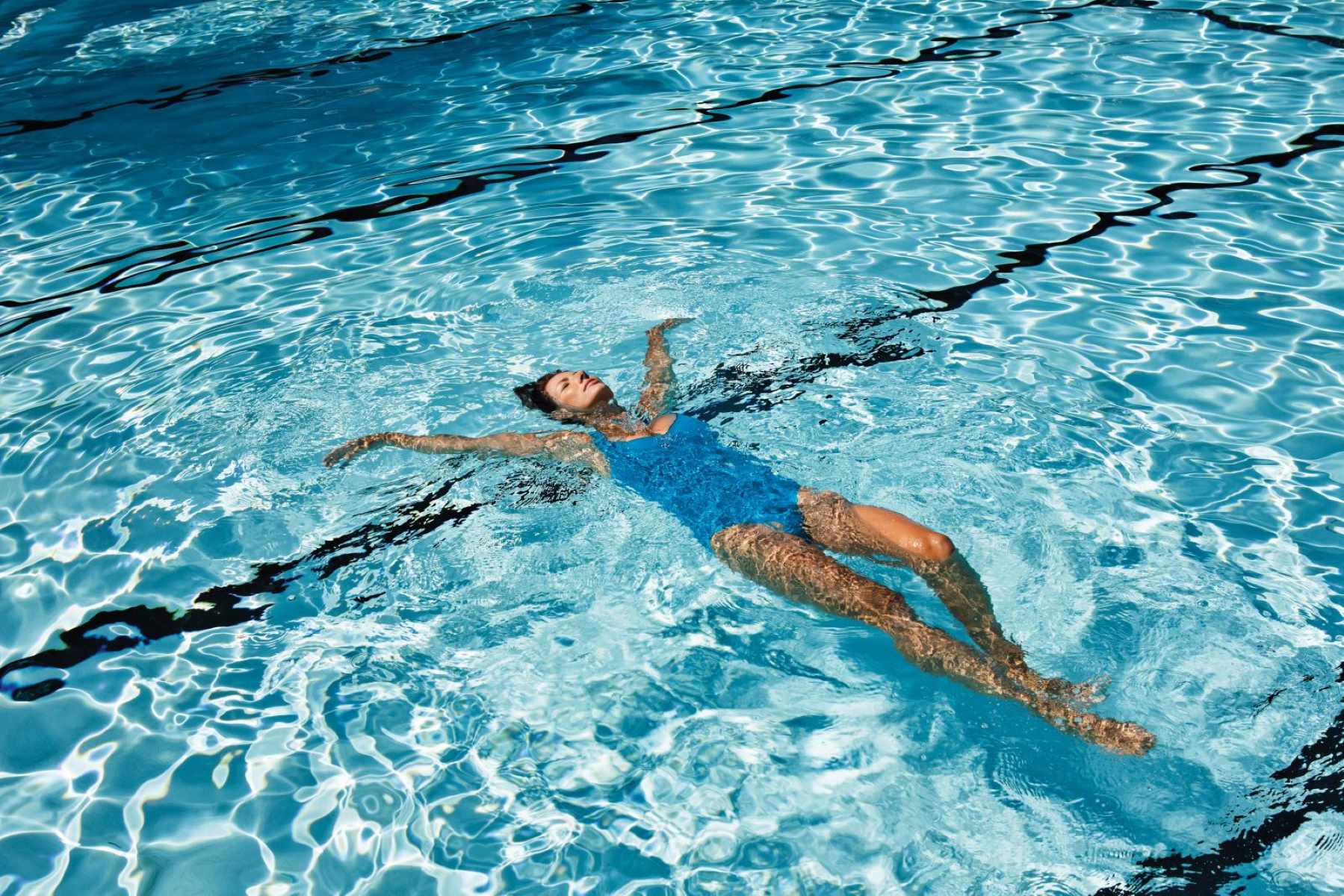
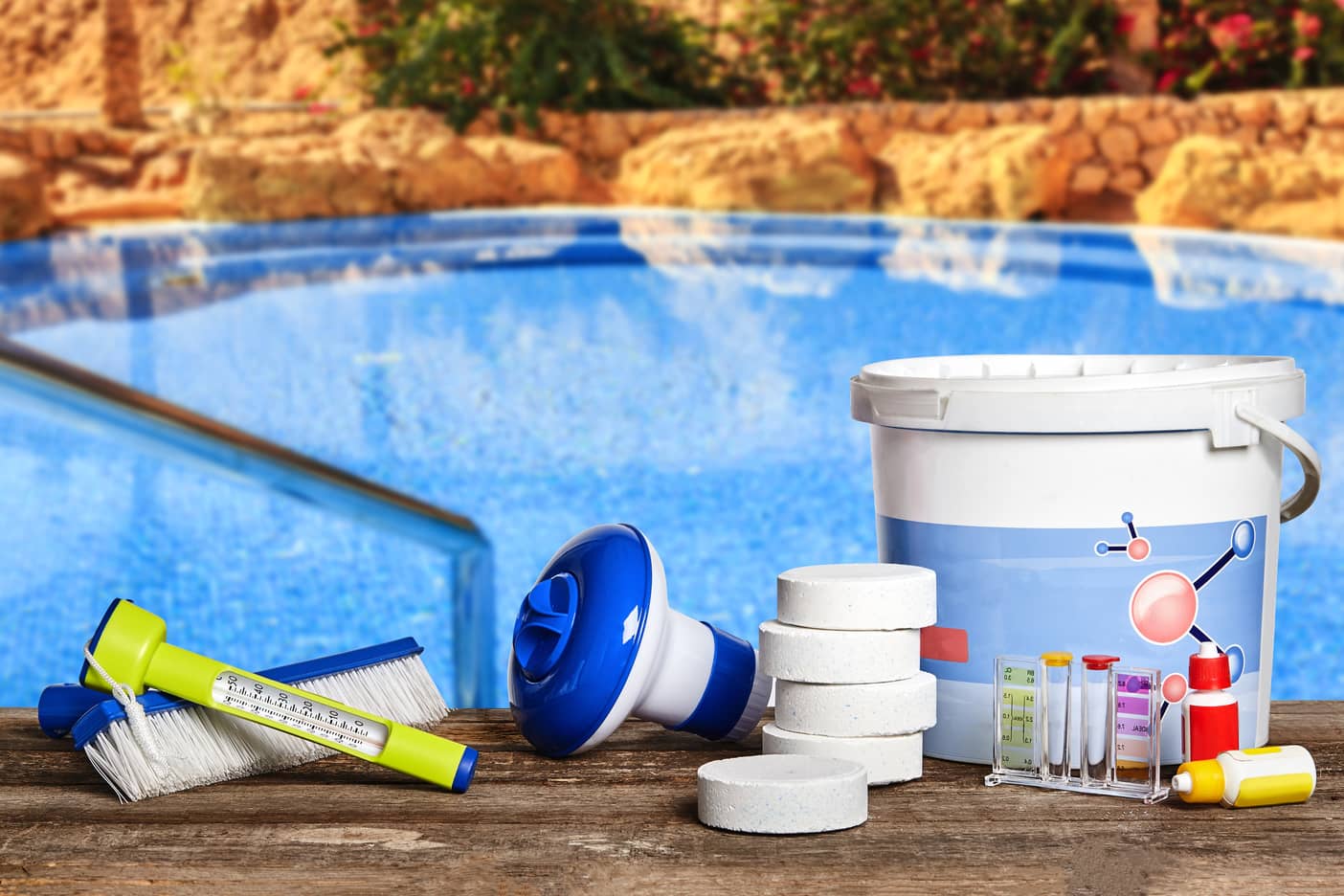

0 thoughts on “How Many Swimming Pool Laps Is A Mile”